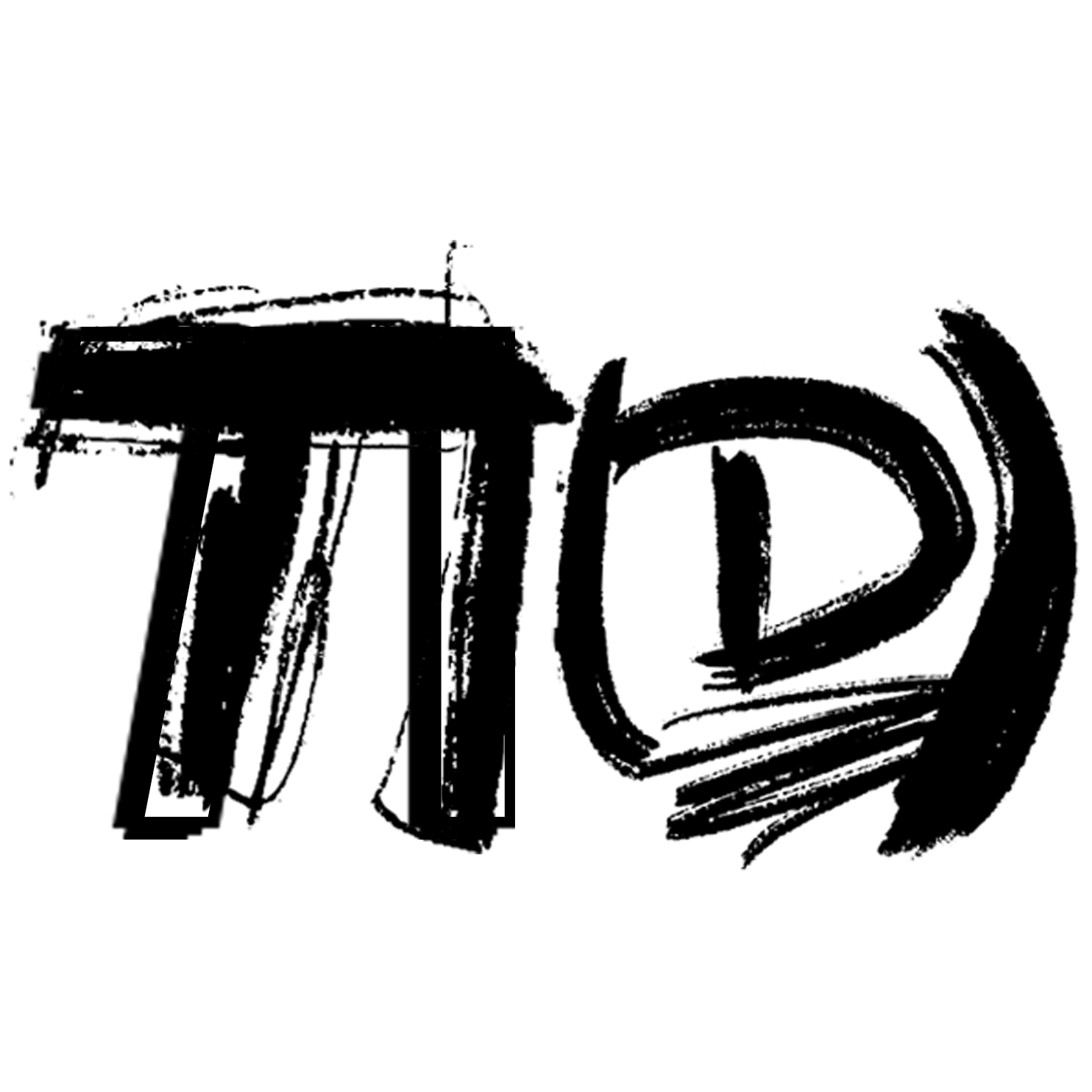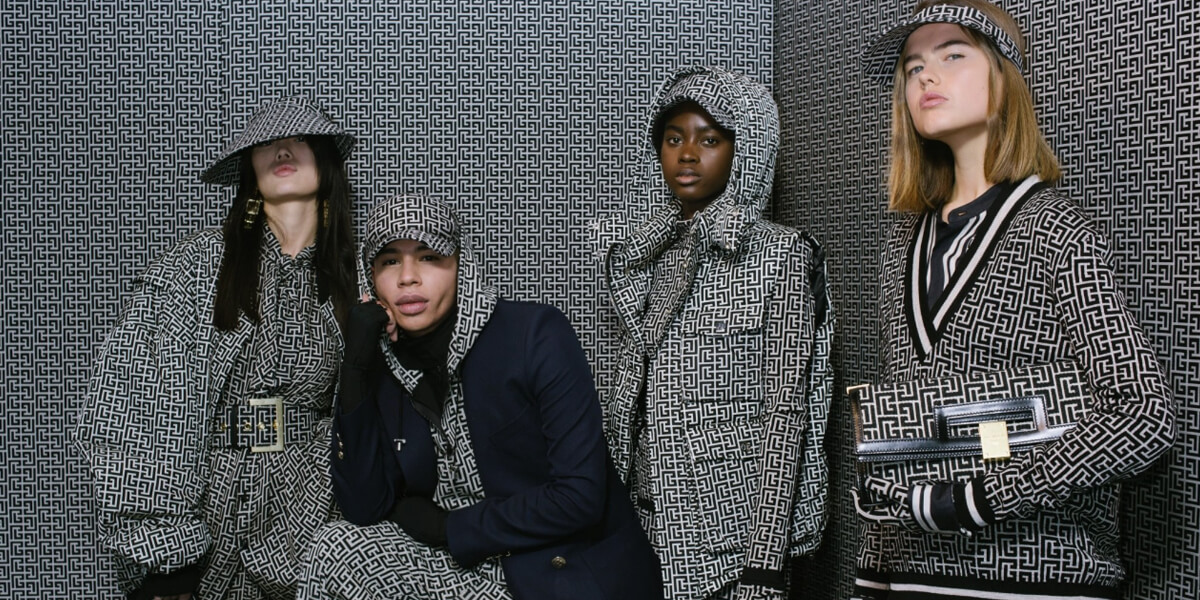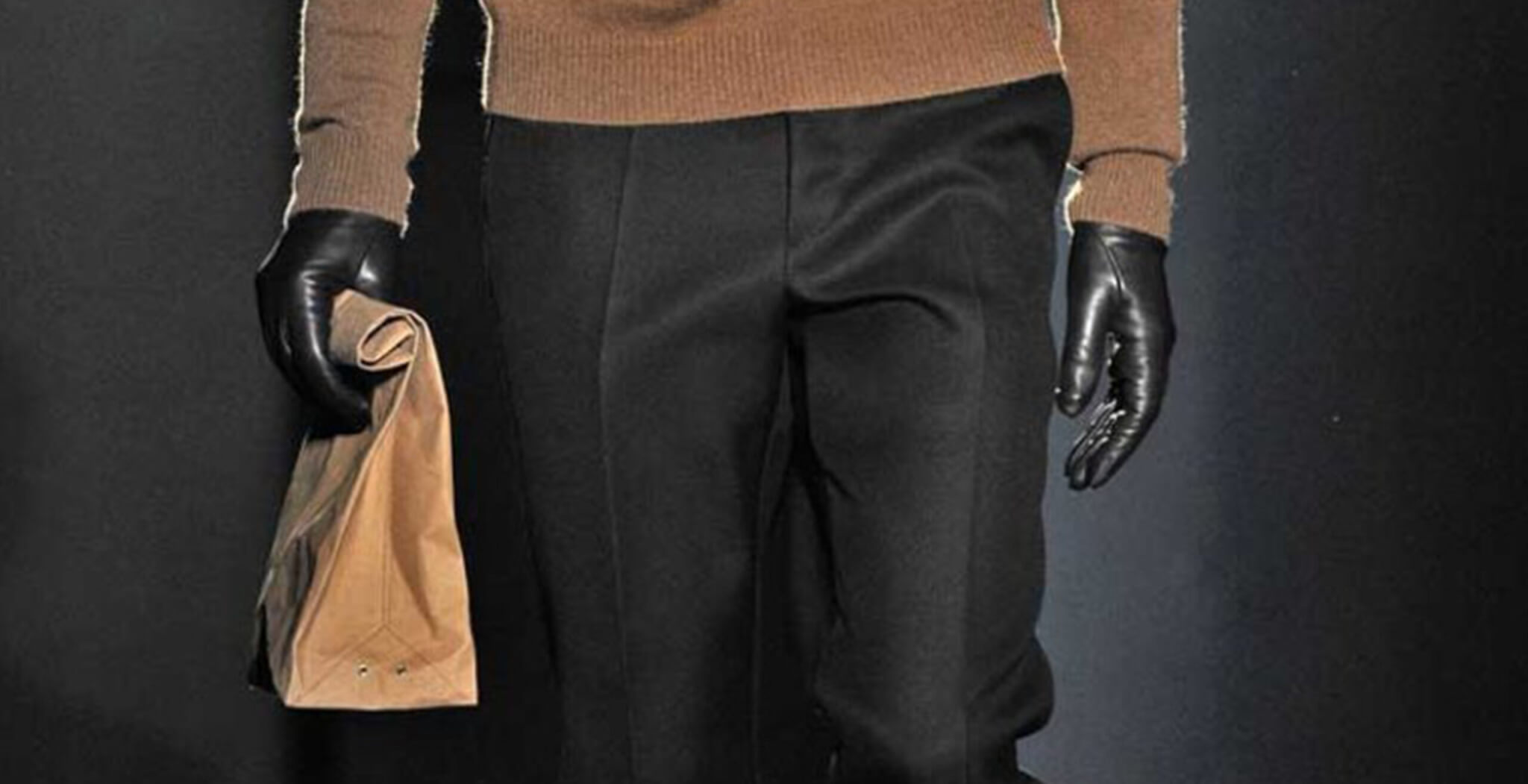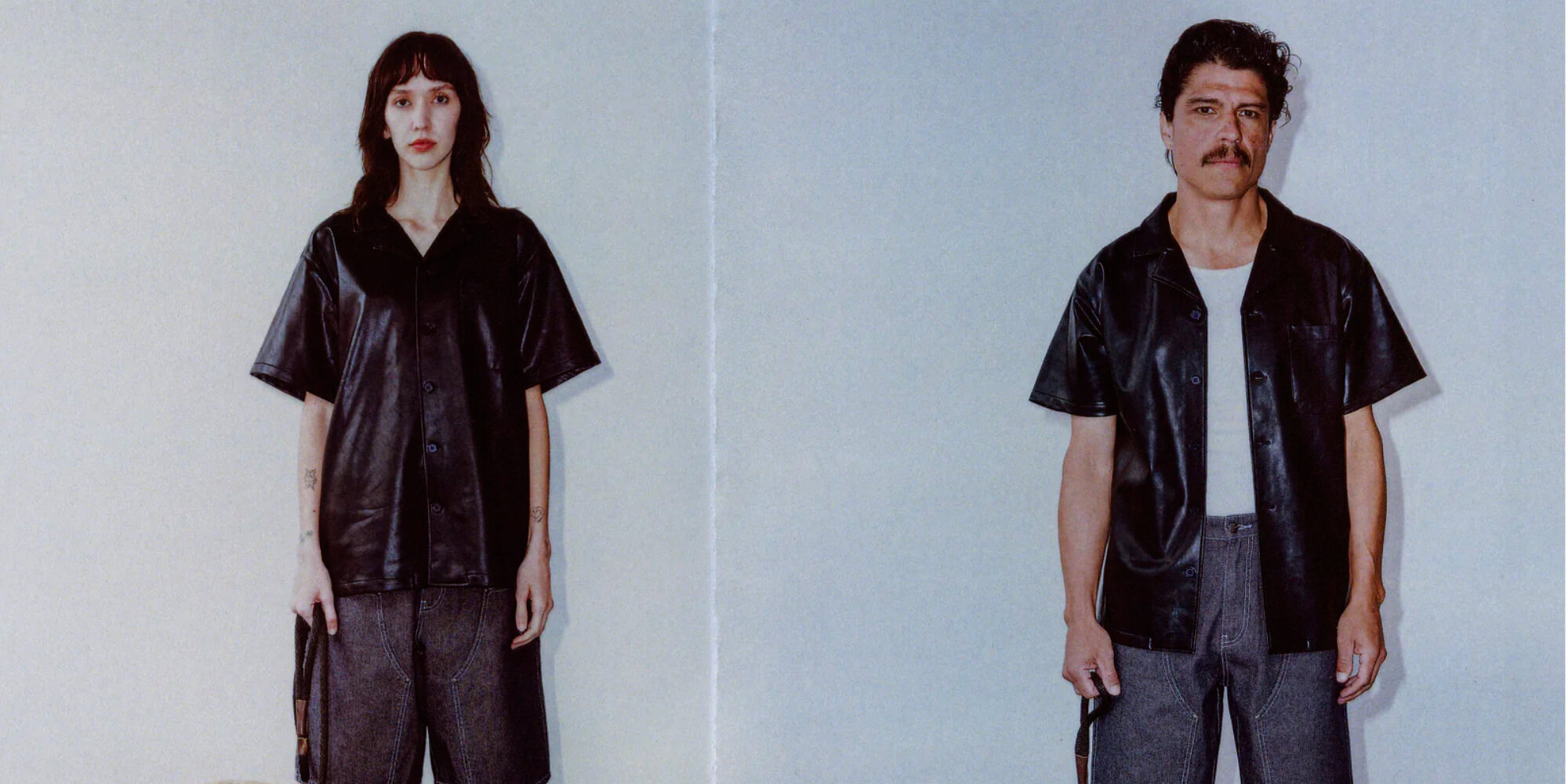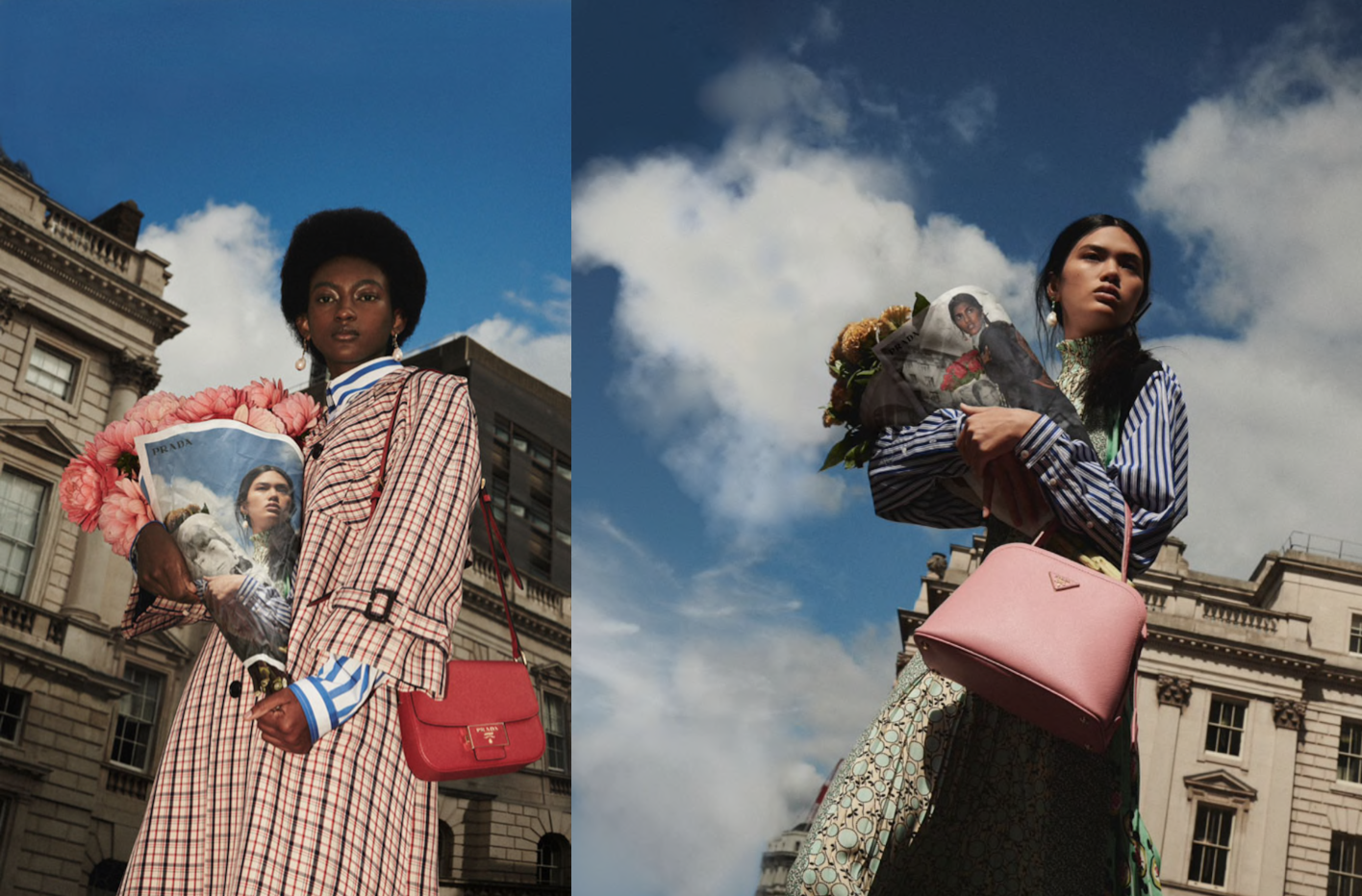Logos As The New Currency In Fashion
Another wave of fashion has entered the scene—and this time, it’s louder than ever.
Since leaving behind the era of quiet luxury, the industry has been riding high on what many are calling loud luxury. What initially looked like just another micro-trend proved its staying power by dominating social media feeds, runways, and even TV screens for over a year. From The White Lotus beaming loud luxury looks on-screen, to YSL turning its logo into a literal heel, and the recent Louis Vuitton x Murakami revival proving that, even after 20 years, the Monogram’s power is far from fading.
In a landscape where brands are struggling to keep up with fashion’s relentless pace and bold branding, maximalist aesthetics have become the new shorthand for relevance—and status. But is it worth hopping on, or is this trend already on its way out before it even truly takes off?
From Heritage To Hype: A Brief History
The importance of logos in fashion dates back to the early 20th century, when brands began using bold, visually distinct marks to stand out in an increasingly competitive market. More than just a marketing tool, logos became symbols of identity, luxury, and social standing. Fashion houses like Chanel, Gucci, and Louis Vuitton quickly understood the power of branding to convey prestige.
By the 1990s and early 2000s, logos had become statements. Maximalism reigned, with brands like Ralph Lauren and Tommy Hilfiger embracing oversized, in-your-face branding that mirrored economic optimism and a culture obsessed with visibility. Logos weren’t just about brand loyalty—they were about aspiration, belonging, and success. As fashion went global, these emblems became forms of cultural currency, especially in emerging markets where brand recognition equaled status.
The More, The Better? How Showing Off Became Fashion’s New Currency
Logos aren’t quiet anymore, they’re full-on manifestos. Social media has turned fashion into a visual language where recognizable branding rules. On TikTok and Instagram, logo-heavy fits are a performance act. In today’s economy, visibility equals value. For younger audiences, wearing logos isn’t about blending in—it’s about identity, irony, and being in on the cultural moment. Whether it’s a vintage Dior tee or a Supreme box logo, branding isn’t just decoration, it’s currency.
And the more, the better. Influencers showing off their OOTDs mixing luxury houses like it’s a fashion buffet—not necessarily to express personal style, but to signal access. It’s less about how you wear it, and more about who you’re wearing. Yes, I own Gucci. Yes, I wear Balenciaga. Yes, I’m all in. Which makes you wonder: is luxury still about taste, or simply just the tags?
Caught Between Quiet And Loud: Is Trend Fatigue Real?
While loud luxury is still having its moment, the shift might already be underway. The quiet luxury movement—represented by brands like The Row and Loro Piana—is simmering under the surface. With an emphasis on timeless design and understated quality, it speaks to a different kind of privilege: the kind that doesn’t need to prove itself. But this isn’t about one trend replacing the other—it’s about both coexisting. Still, trend fatigue is starting to creep in. The rapid-fire cycle of micro-trends, often sparked by social media buzz, is wearing out both consumers and brands. People are getting tired of the constant pressure to reinvent their wardrobes every three months just to keep up.
Compared to two decades ago, fashion today moves at lightning speed. Designers face pressure to deliver newness, and consumers are beginning to seek out pieces that don’t expire with the algorithm. There’s a rising demand for items that feel grounded—pieces that don’t scream for attention but still carry weight. Brands that grasp this are shifting gears, leaning into storytelling, quality, and longevity over relevance.
How It’s Done Right: Labels That Actually Last
In an era where trends fade as quickly as they emerge, only a few brands manage to cut through the noise. The ones that last don’t just sell logos or aesthetics—they sell legacy, emotion, and cultural meaning. For example, Louis Vuitton’s Monogram continues to evolve without losing its core DNA. Because at the end of the day, it’s not just about how bold your logo is—it’s about how deeply it resonates.
The real challenge for today’s fashion houses is staying true to their identity. It’s about building a story that lasts longer than the scroll and proves that branding can be more than just marketing. It can have meaning.
Today’s fashion landscape is one where logos have become expressions of identity rather than simply logos. Whether quiet or loud, the brands we choose mirror the stories we want to tell and the status we hope to project. But the true power of a logo isn’t in how visible it is—it’s in the connection it sparks. In the end, the brands that win aren’t just the ones with the loudest presence. They’re the ones that know how to turn design into dialogue, logos into legacy. And in a world that moves fast, that’s what makes a brand truly timeless.






